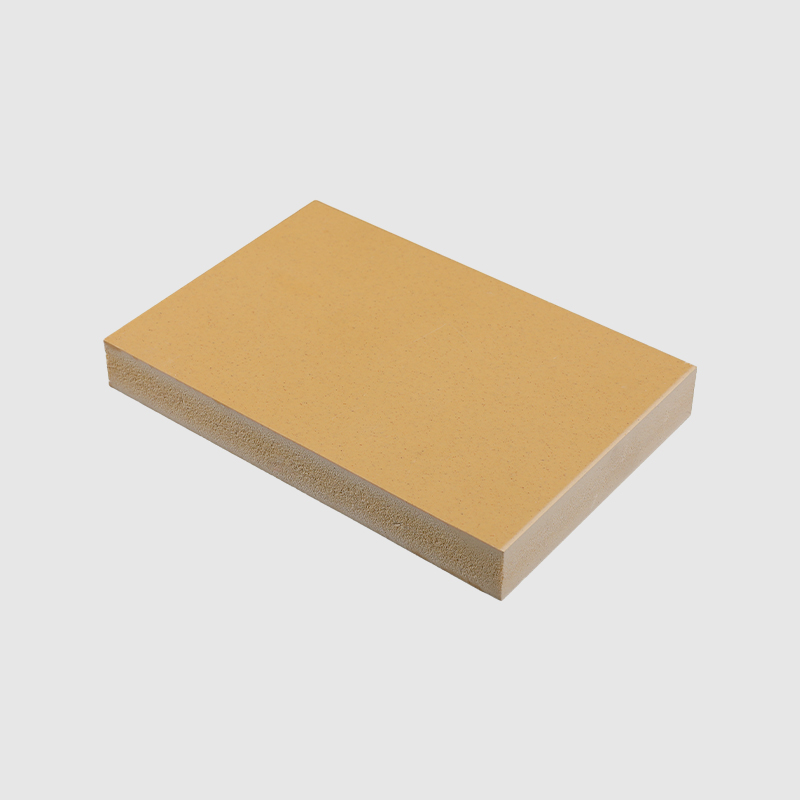Cat:PVC Foam Board
Characteristics: It is a very simple core material with good mechanical properties, easy to carve to create 3D exhibits and easy to nail. It can be co...
See Details1. Material Source and Resource Conservation
WPC foam boards are mainly made of wood fiber and thermoplastics through a special process. This composite method not only makes full use of the renewable resource of wood fiber, but also enhances the overall performance of the material through the addition of plastic. Compared with traditional wood, WPC foam boards reduce the felling of virgin forests during the production process, which helps to protect the ecological environment. At the same time, due to the recycling and reuse of plastics, WPC foam boards also reduce dependence on non-renewable resources such as oil, achieving resource conservation and efficient utilization.
2. Production process and pollution control
In the production process of WPC foam boards, manufacturers usually use advanced production processes and equipment to ensure the environmental protection and efficiency of the production process. These processes include pretreatment, mixing, extrusion, molding and other steps of raw materials. Each step is carefully designed and optimized to reduce energy consumption and waste emissions. In addition, manufacturers will strictly abide by environmental protection laws and standards, and properly handle wastewater, waste gas, waste residue, etc. generated during the production process to ensure that there is no pollution to the environment.
3. Product performance and long-term use
WPC foam board not only embodies the concept of environmental protection in the production process, but its product performance also meets environmental protection requirements. It has good waterproof, moisture-proof, anti-corrosion, insect-proof and other properties, and can maintain stable performance and service life in various harsh environments. This means that during use, WPC foam board can reduce waste generated by material aging and damage, thereby reducing the burden on the environment. At the same time, due to its light weight and high strength, WPC foam board also reduces energy consumption and carbon emissions during transportation and installation.
4. Recycling and recycling economy
As a composite material, WPC foam board is also feasible for recycling. Although the current recycling technology is not yet fully mature, with the advancement of science and technology and the improvement of environmental awareness, more and more manufacturers and research institutions have begun to pay attention to the recycling of WPC foam boards. By adopting advanced recycling technology and equipment, discarded WPC foam boards can be crushed, separated, and recycled, thus forming a complete circular economy industry chain. This not only helps to reduce waste emissions and environmental pollution, but also achieves the recycling of resources and sustainable economic development.
5. Policy support and market promotion
In order to promote the popularization and application of environmentally friendly building materials such as WPC foam boards, governments of various countries have introduced a series of policy measures. These policies include providing financial subsidies, tax incentives, technical support, etc. to encourage enterprises and individuals to use environmentally friendly building materials. At the same time, with the improvement of consumers' environmental awareness and the increase in market demand, the market prospects of environmentally friendly building materials such as WPC foam boards are becoming more and more broad. This will further promote the healthy development of the WPC foam board industry and make greater contributions to the environmental protection cause.

Contact Us